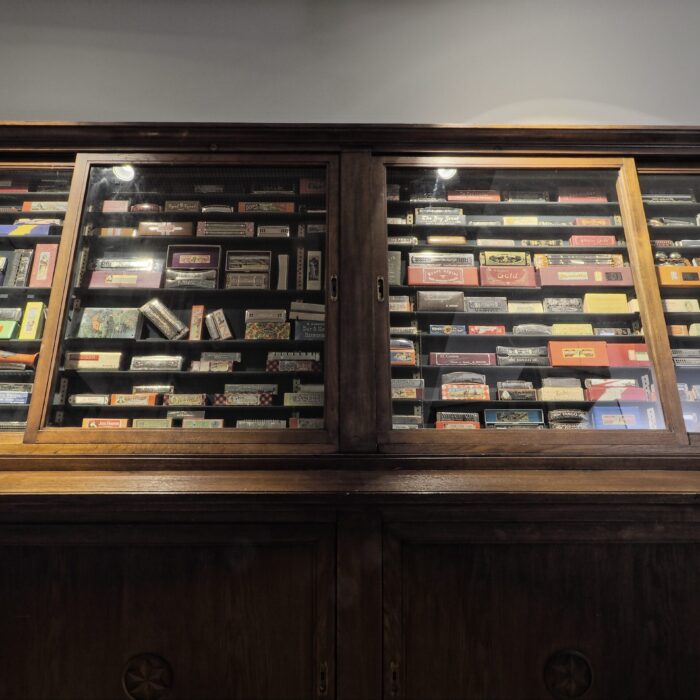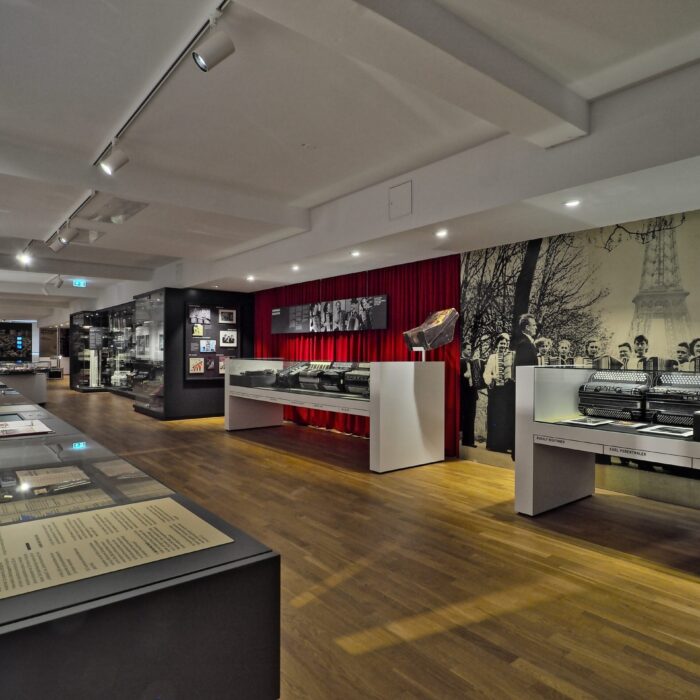and the German Harmonica & Accordion Museum
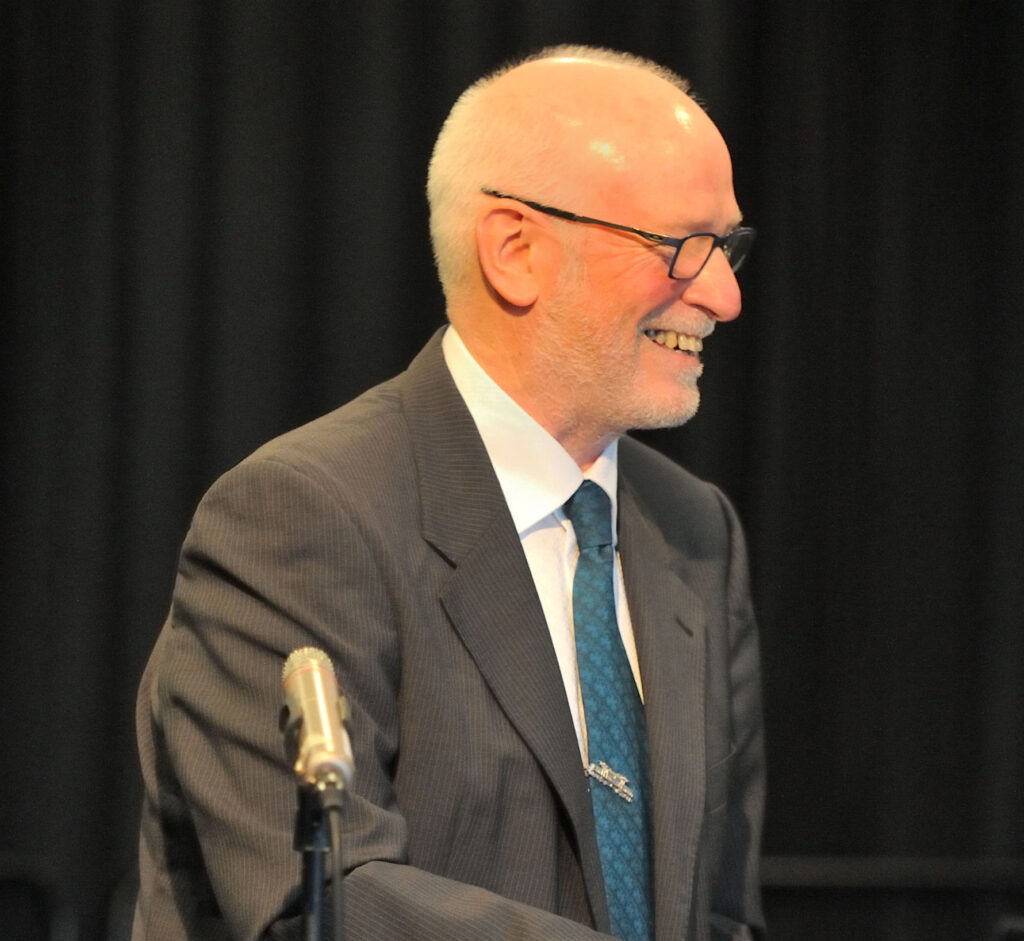
Martin Häffner has dedicated his life to educating people about the history of the harmonica, especially the Hohner harmonica company. He has set up a museum, taken the story around the world as a mobile exhibition, written books and led guided tours around Trossingen, Germany, the home of the original Hohner harmonica factory.
This detailed history was co-written with highly regarded harmonica artist and author Steve Baker. He has been a consultant to the Hohner company since 1987 and has been able to gain a unique perspective on the company story. Thanks also to Diana Rosenfelder from the German Harmonica Museum for help in writing this blog page.
Martin was born October 7, 1958, in Schönau near Heidelberg. He graduated from high school in Heidelberg in 1977, and studied history and theology in Tübingen and Vienna until 1986 when he started work as an assistant at the State Museum of Technology and Work in Mannheim.
In 1987 the Hohner Harmonica Collection was sold to the state of Baden-Württemberg as part of a company rescue deal and Martin was commissioned to write a report on it. To complete his work on Hohner, its history and the Hohner collection and to get all the necessary information, Martin was employed by the Hohner company on 1 January 1988. Three years later he became an employee of “Trägerverein Deutsches Harmonikamuseum” (Sponsoring Association of the German Harmonica Museum).
Steve Baker joined Hohner as a consultant in 1987 and when they met there for the first time, Martin led him up into the cavernous attics in Bau V, the accordion works which today houses both the new Harmonica Museum and the Hohner Conservatory and has now been beautifully renovated.
He showed Steve what appeared to be literally tons of unidentifiable stuff, packed in dusty cartons and piled up all over the place without any apparent semblance of order. It looked as though the custodians of Hohner’s company history had simply dumped it all up there and forgotten about it.
On closer inspection this jumble of relics revealed itself to be a huge collection of historic instruments, documents and advertising material relating to all kinds of aspects of the commercial production of free reed instruments, the largest of its kind in the world. As Steve wrote “Thank heavens the state of Baden Württemberg thought it was worth saving!”
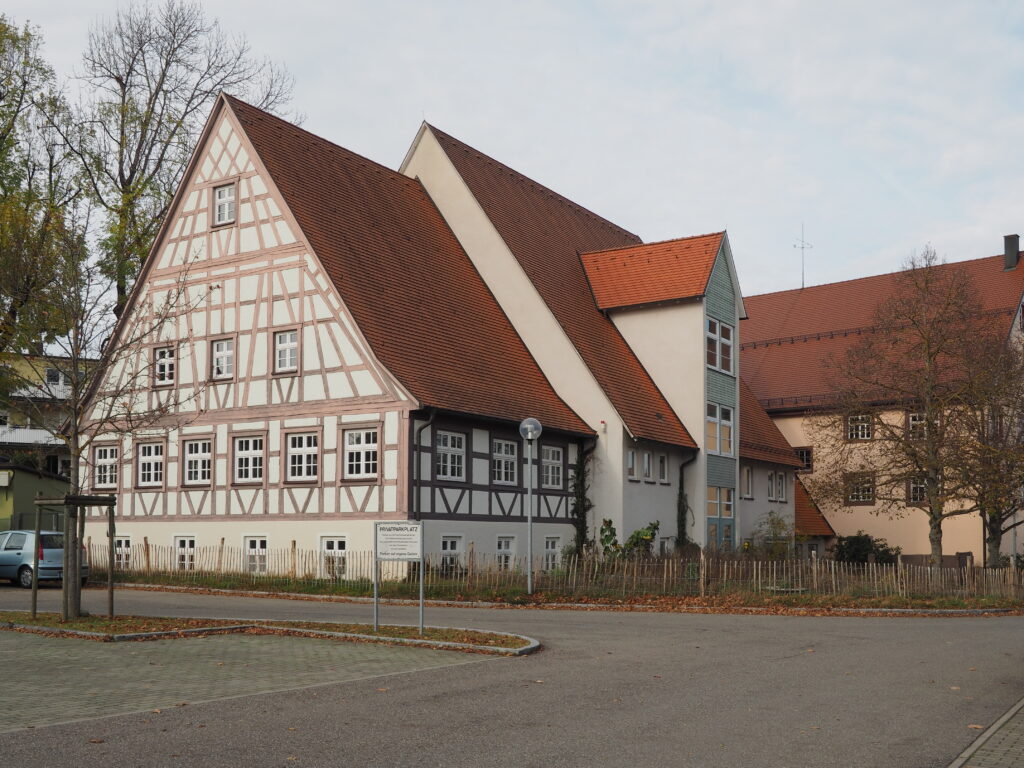
In cooperation with the town of Trossingen, Hohner had agreed to co-finance a modest museum to house the Hohner Collection in the annex of the actual town museum on the high street. Martin began sorting through the vast piles of artefacts and arranged for the most interesting looking articles to be transferred to the new premises. Sifting through a century’s worth of unsorted leftovers was a huge task. Not all of it was of value and some was literally junk, but there were many real gems as well.
Martin had hoped the museum would be ready for the World Harmonica Championships in Trossingen in 1989 but they did not make it. Hohner’s CEO at that time, Dr. Johann Schmid, decided that he wanted to present every festival visitor with a free harmonica from the historic collection. Fortunately Martin was able to intervene and prevented him from giving away any of the really valuable historic instruments. He selected several hundred pieces which he reckoned the museum could do without and every visitor did indeed receive one.
The museum opened to the public in 1991 with over 25,000 harmonica exhibits in time for Hohner’s second World Harmonica Festival, and it has gone from strength to strength ever since. I was fortunate to visit the original museum in 2001. Lots of exhibits were displayed in small rooms with steep stairs. Martin set about producing programs of exhibitions and concerts to publicise the museum and raise money for its development. He took some of them around the world.
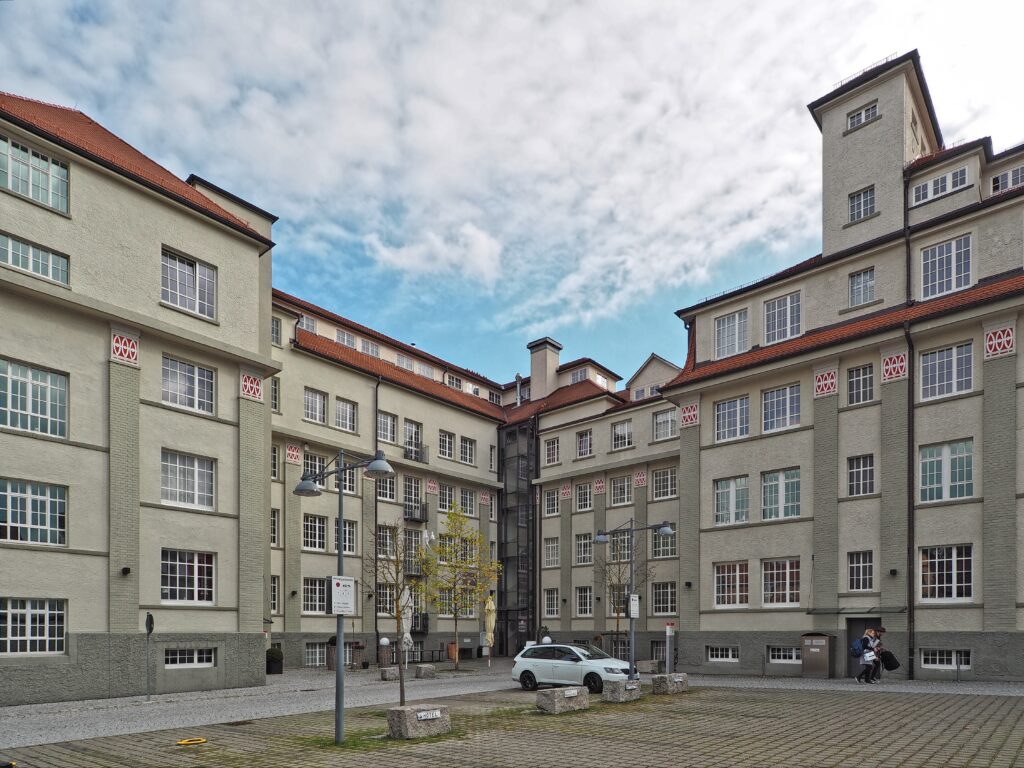
When the old Hohner (1911) factory buildings were restored and refurbished for small business use in 2016 the harmonica museum raised the money needed to move the exhibits a short distance to new premises in BAU V.
This provided a large open, bright, space on one floor of the building with more opportunities to display items and documents from the archive for the visitors to the museum.
Other features included office space, a shop, a small cinema and a flexible space for presentations and music performances.
Specially designed units were built to exhibit the most interesting instruments in a structured way, as well as thoroughly documenting the development of the industry.
Martin ensured that the earlier harmonica and accordion companies from the Trossingen area and Klingenthal were featured as well as other Hohner instruments like keyboards.
The permanent exhibition gives an overview of the whole sector including the Hohner family and the many other companies involved, both in Württemberg, Saxony, Vienna and elsewhere.
It is important to remember that Hohner once employed 5000 people, and swallowed up all its regional competitors to become an international household name, so the social component in terms of local history was very significant and is treated accordingly.
Martin was initially attracted to the harmonica by the beautiful packaging and innovative marketing introduced by the first Hohner generation, and a lot of space is devoted to this. Much of the advertising material is well preserved and the exhibition includes numerous examples. The strategies which Hohner developed later became more widespread, but in the 1880s it was not always usual to adapt one and the same product to meet the needs of different national markets worldwide. Hohner was a true pioneer in this area, and one of Martin’s most important goals was the documentation of both the means by which Hohner’s remarkable commercial success was achieved, and its impact on the social history of Trossingen and the region as a whole. It’s pretty amazing to think that within the space of a single generation, this isolated Black Forest village became the hub of a worldwide commercial empire, a development which alone is worthy of the interest of historians.
Another more controversial aspect of Martin Häffner’s work was his documentation of the history of the Hohner company during the Third Reich. As a historian, Martin felt unable to ignore the documentary and photographic evidence of its involvement in the war effort and extensive use of forced labour which was preserved in the Hohner Collection. The permanent exhibition shows a range of photos depicting the factory and its workers during the Nazi era, as well as historical instruments from both world wars. He didn’t presume to judge, but felt duty bound to document what had happened.
Martin’s hero is Matthias Hohner (1833-1902), and he takes visitors on tours around Trossingen to show where Matthias and his family lived and worked.
Occasionally the ghost of Matthias can still be seen talking to people in the museum about the company he created.
The existence of a museum like this is always dependent on its financing and the German Harmonica & Accordion Museum is no exception. Though both Hohner and the town of Trossingen continue to contribute to its upkeep, the purchase of the new premises and their renovation and maintenance would not have been possible without the generous support of the board of trustees and the numerous members of the support association. Many musicians have also been happy to donate their services in support of the museum. Today it offers both a comprehensive documentation of the history of free reed instruments, and an instructive and entertaining view of the people who both made and played them. If you can’t get to the museum you can learn a lot from the videos and books which Martin has researched and written or supported. You can find more about them in the Museum shop.
Martin Häffner has devoted the greater part of his working life to collecting and sharing the history of the harmonica and anyone who has more than a passing interest these instruments has every reason to visit and be grateful. We have been friends for about 20 years and I help at museum when I can.
Martin will retire in 2024 and he will find it hard not to stay close to the museum to help who ever takes over. I am sure, however, that he will probably have even more time for his other passion – enjoying long distance railway journeys.
The Museum charity receives no funding from the State of Baden-Württemberg and so one if the most important activities for Martin and his successor is and will continue to be is fund raising. Martin has established a fantastic resource for lovers of the harmonica and anyone who can should visit it and support it financially.
Additional LInks
- German Harmonica and Accordion Museum – web page
- A video of Martin Häffner in the Museum by Holger Daub.
- Become a supporter of the Museum
- History of the harmonica – an old video by Martin Häffner.


